Capturing compelling images in bustling urban environments presents unique challenges for photographers at any skill level. Crowds, chaotic visual elements, and constantly changing light conditions can frustrate even experienced shooters who aim to document city life authentically while creating visually striking compositions.
Here is a list of 20 practical techniques for transforming these urban photography challenges into creative opportunities. These techniques will help you capture memorable city images that stand out from typical tourist snapshots.
Embrace Early Morning Hours
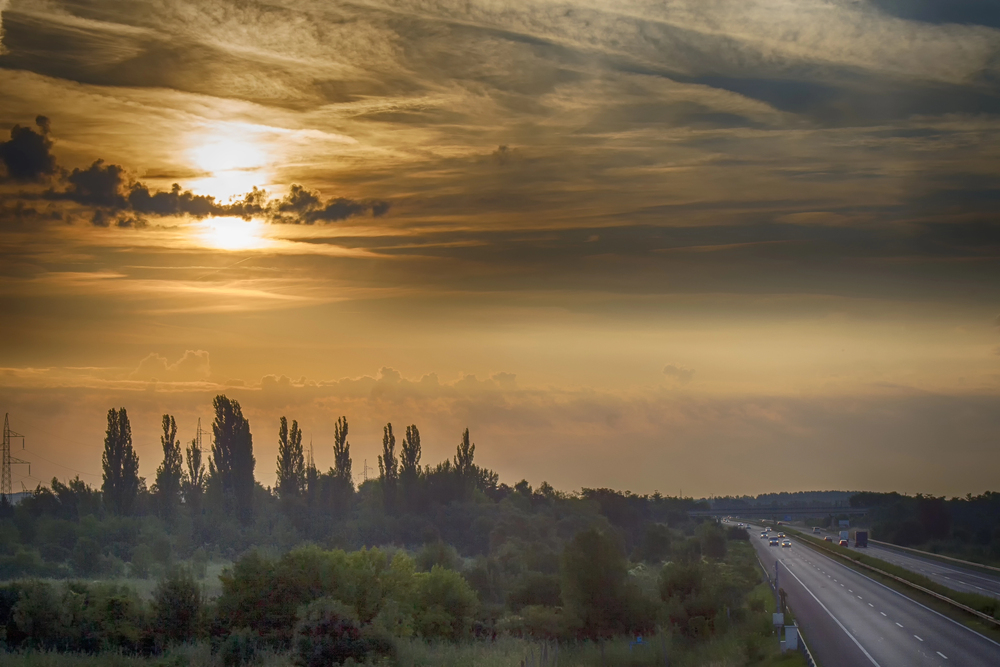
The transformative quality of dawn light, combined with dramatically reduced crowds, makes early morning the secret weapon of urban photographers. Arriving at popular landmarks 30–45 minutes before sunrise provides opportunities to capture clean compositions of normally crowded spaces, while the warm, directional light creates definition in architectural details often lost in harsh midday conditions.
This approach requires minimal technical skill yet delivers disproportionate results compared to daytime shooting at the same locations, especially in tourism-heavy cities like Venice, Barcelona, or Kyoto.
Utilize Reflective Surfaces
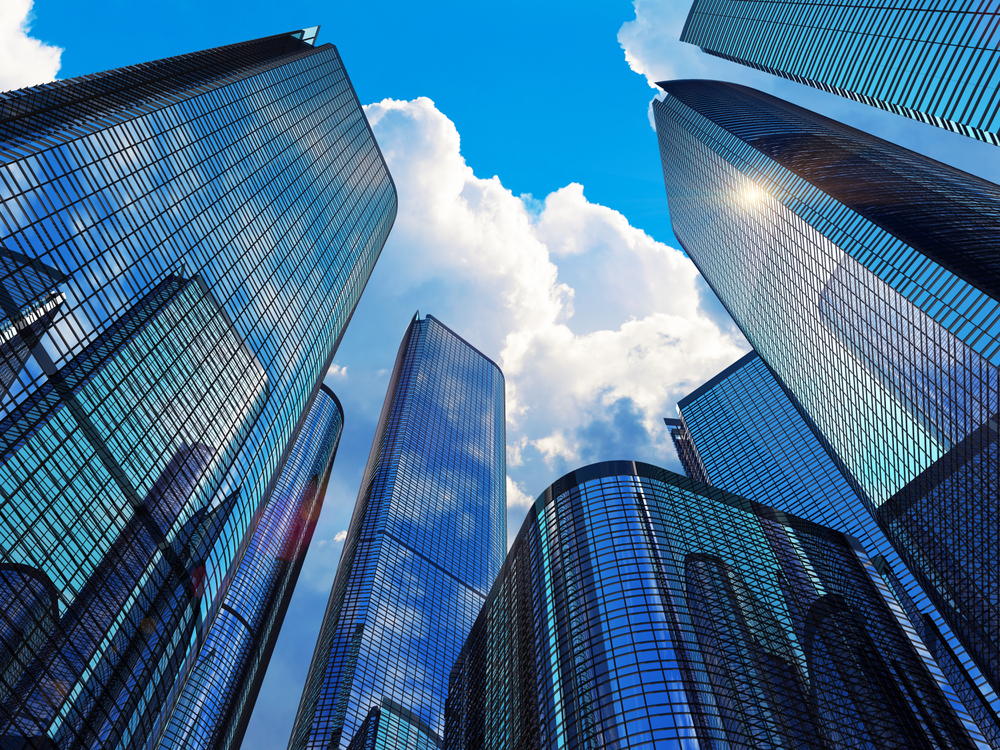
City environments offer abundant reflective materials—glass buildings, puddles after rain, polished stone surfaces—that create compelling visual opportunities when intentionally incorporated. Position yourself to capture subjects reflected in these surfaces, adding depth and complexity to otherwise ordinary urban scenes.
This technique works particularly well during blue hour, when artificial lighting creates colorful reflections impossible during daylight hours, transforming mundane office buildings into geometric light displays perfect for abstract architectural compositions.
Like Travel Pug’s content? Follow us on MSN.
Master Blue Hour Timing
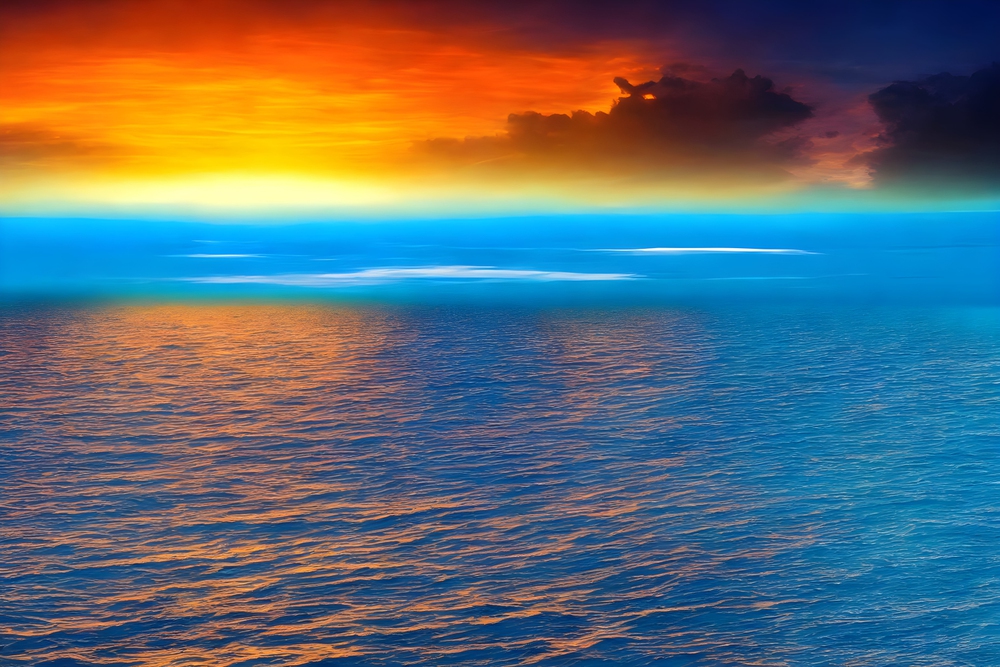
The brief period after sunset but before complete darkness, known as ‘blue hour,’ provides a magical combination of deep blue skies balanced with illuminated buildings and streetlights. This 15–30 minute window creates perfect conditions for city photography, with balanced exposure between sky and artificial lighting hard to capture during full daylight or total darkness.
Using apps like PhotoPills or The Photographer’s Ephemeris to predict precise blue hour timing at your specific location ensures you’re positioned and ready for this fleeting opportunity.
Find Elevated Vantage Points
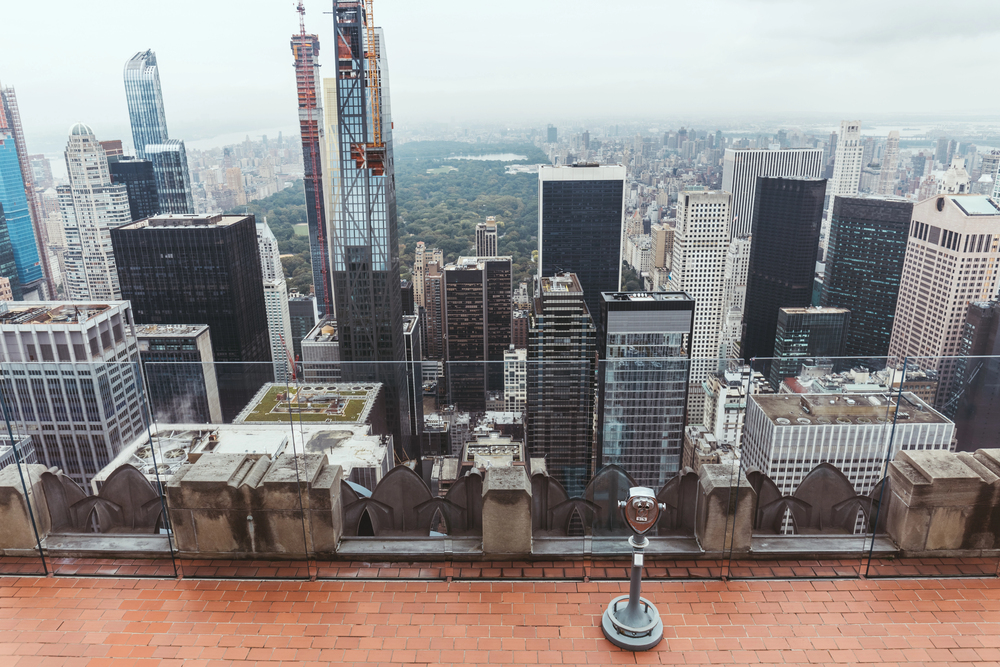
Accessing higher perspectives—whether through observation decks, rooftop bars, parking structures, or pedestrian overpasses—instantly transforms ordinary street scenes into compelling compositions by reducing visual chaos. These elevated positions reveal patterns and order that are invisible at the street level while providing separation between foreground and background elements. Research publicly accessible high points in advance, noting their opening hours and any photography restrictions, as these locations often provide the most distinctive cityscape opportunities with minimal investment beyond the effort of accessing them.
Incorporate Leading Lines
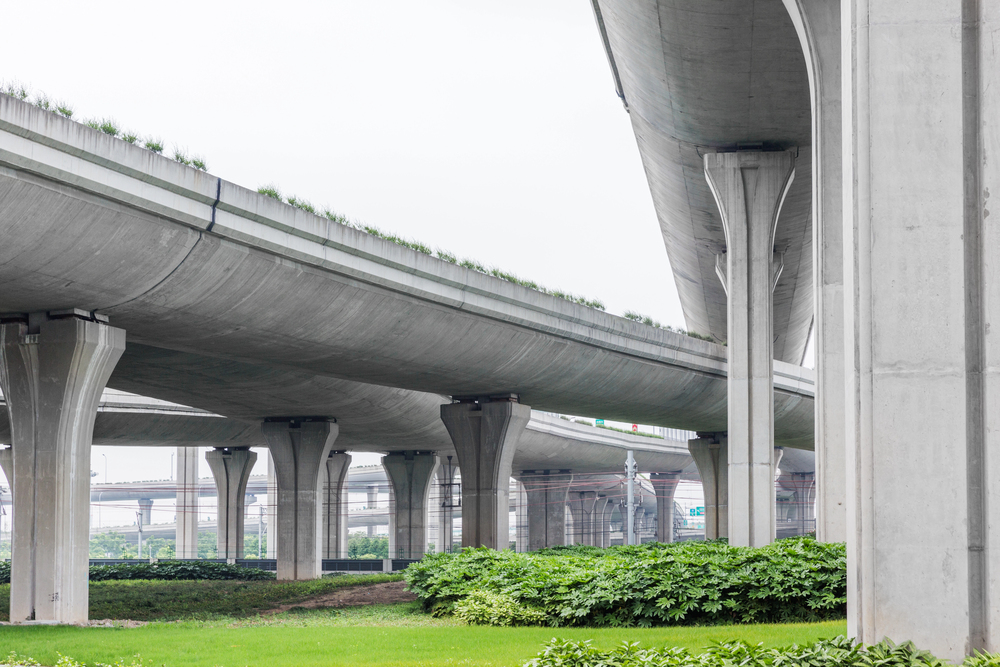
Urban environments contain abundant linear elements—roads, bridges, train tracks, architectural features—that naturally draw viewers through your compositions when properly aligned. Position yourself to use these lines as pathways guiding attention toward your main subject, creating visual flow that might otherwise be lost in chaotic city scenes.
This fundamental compositional technique proves particularly effective in dense urban environments where numerous competing elements can create visual confusion without such deliberate structural organization within the frame.
Like Travel Pug’s content? Follow us on MSN.
Focus on Human Stories
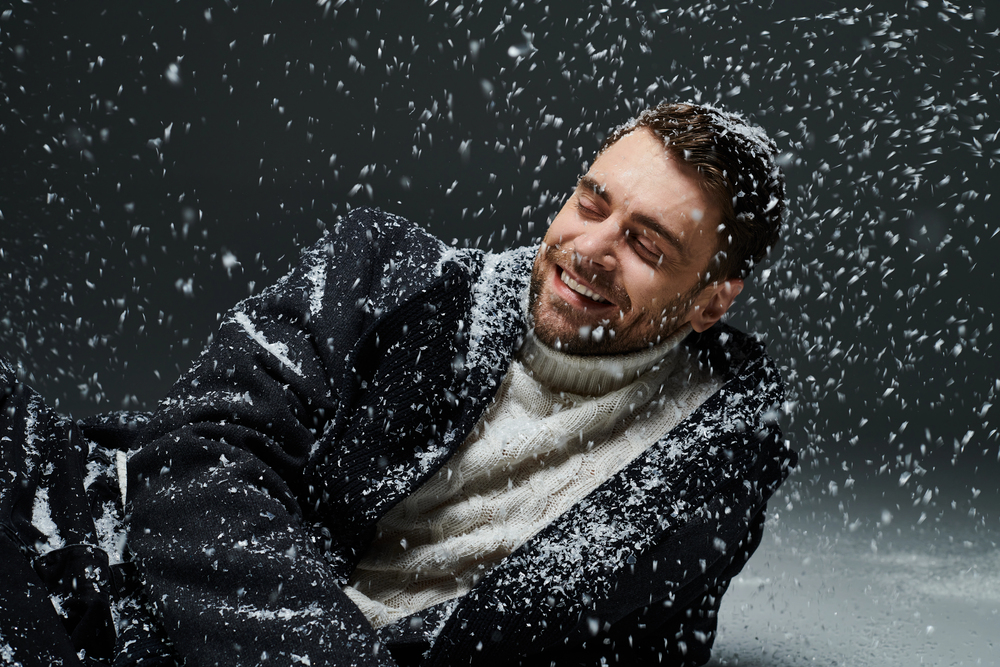
Beyond architecture and cityscape compositions, authentic human moments create compelling urban photography that captures the spirit of a place. Develop techniques for unobtrusive street photography that documents genuine interactions rather than posed tourist behavior.
Focus on workers, residents, or individuals engaged in activities revealing cultural aspects of the city, creating images that transcend mere documentation of buildings and instead capture the living essence of urban environments through the people who animate these spaces daily.
Utilize Compression with Telephoto Lenses

While wide-angle lenses may seem intuitive for city shooting, telephoto options (70–200mm range) create distinctive urban images through compression effects that stack layers of buildings, bring distant elements into relationship with foreground subjects, and isolate architectural details invisible to the untrained eye.
This approach works particularly well in dense urban environments like Manhattan, Tokyo, or Hong Kong, where compressed perspectives create abstract patterns from building facades or reveal unexpected juxtapositions between structures that appear distant when viewed normally.
Embrace Adverse Weather
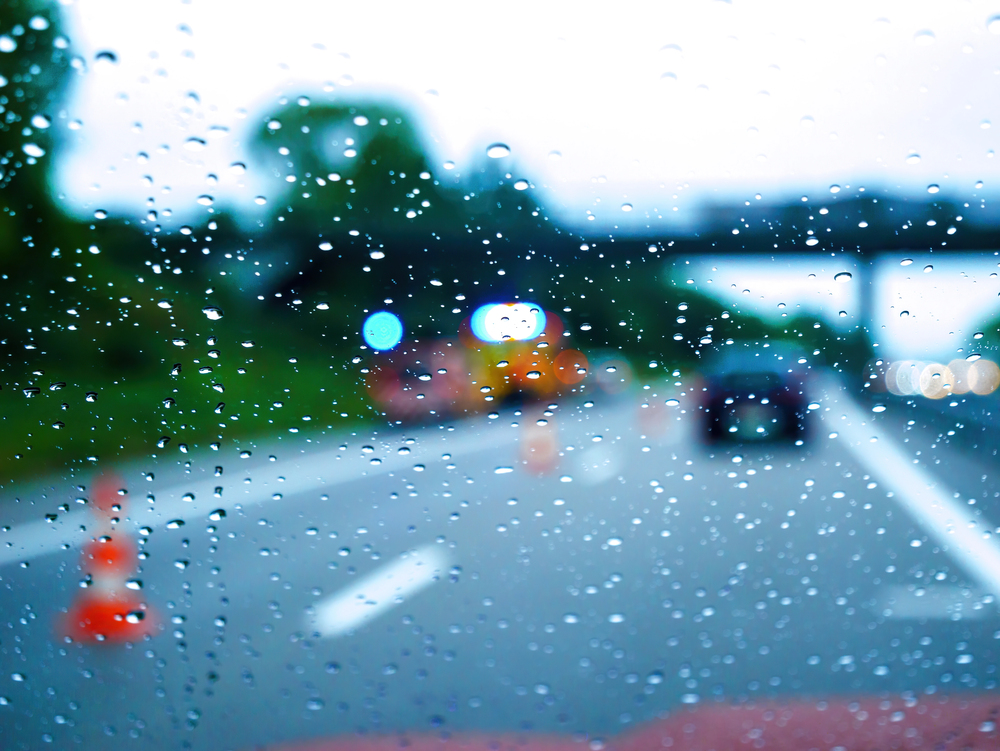
Rainy conditions, fog, or light snow transform ordinary city scenes into atmospheric compositions with reflections, diffused light, and reduced visual clutter. Rather than avoiding poor weather, prepare with appropriate gear protection and actively seek these conditions that typically drive other photographers indoors. Wet streets reflect colorful lights and create leading lines through reflections.
At the same time, fog adds depth and mystery to urban compositions by separating layers of buildings or softening harsh architectural elements that are normally challenging to photograph aesthetically.
Like Travel Pug’s content? Follow us on MSN.
Explore Contrast Through Juxtaposition
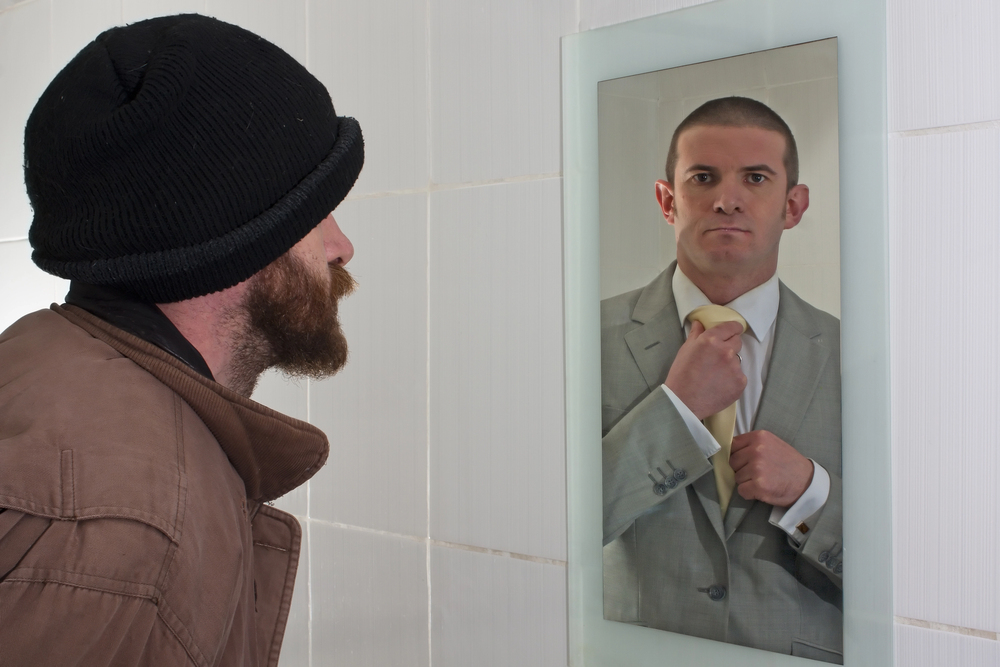
Cities contain natural contrasts—old against new, human against architectural scale, nature against concrete—that create visual tension when intentionally composed. Train yourself to recognize these juxtapositions rather than seeking homogeneous scenes, as these contrasting elements often tell the most truthful stories about urban environments constantly balancing preservation and progress.
Framing traditional buildings against modern skyscrapers, highlighting small human figures against massive structures, or finding urban wildlife against industrial backdrops creates images with inherent narrative power.
Master Night Photography Basics
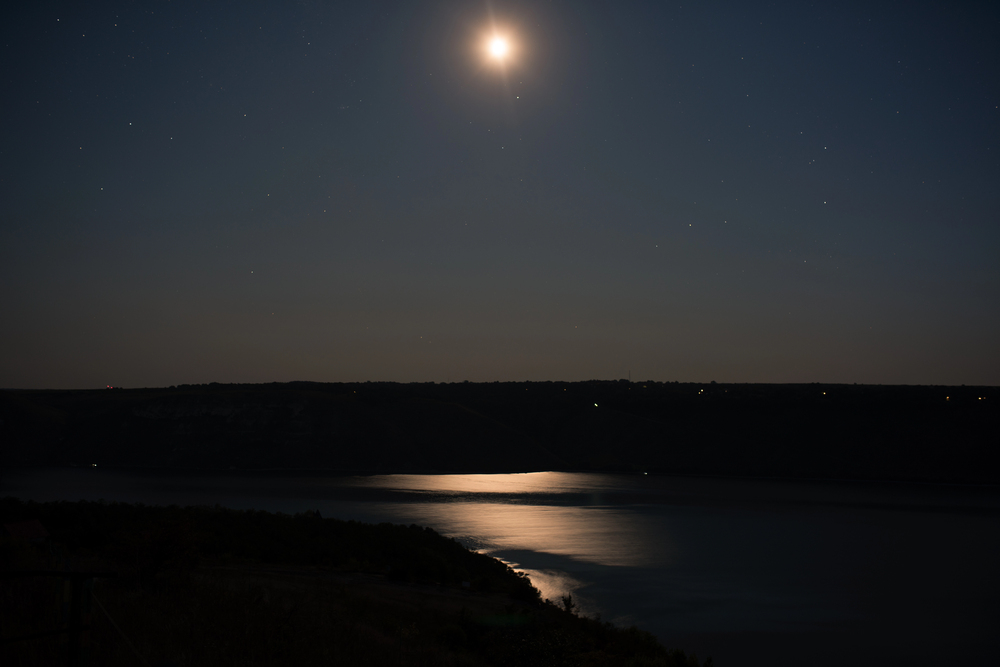
Learning fundamental techniques for properly exposing city scenes after dark opens entirely new photographic opportunities. Understanding manual exposure, using tripods effectively, and employing appropriate ISO settings transforms challenges of low light into advantages by capturing light trails, illuminated architecture, and atmospheric conditions invisible during daylight hours.
Even modest equipment can produce remarkable night photography results once these basic principles are mastered, making after-dark shooting accessible to photographers at all technical levels willing to learn these specific skills.
Find Order in Chaos
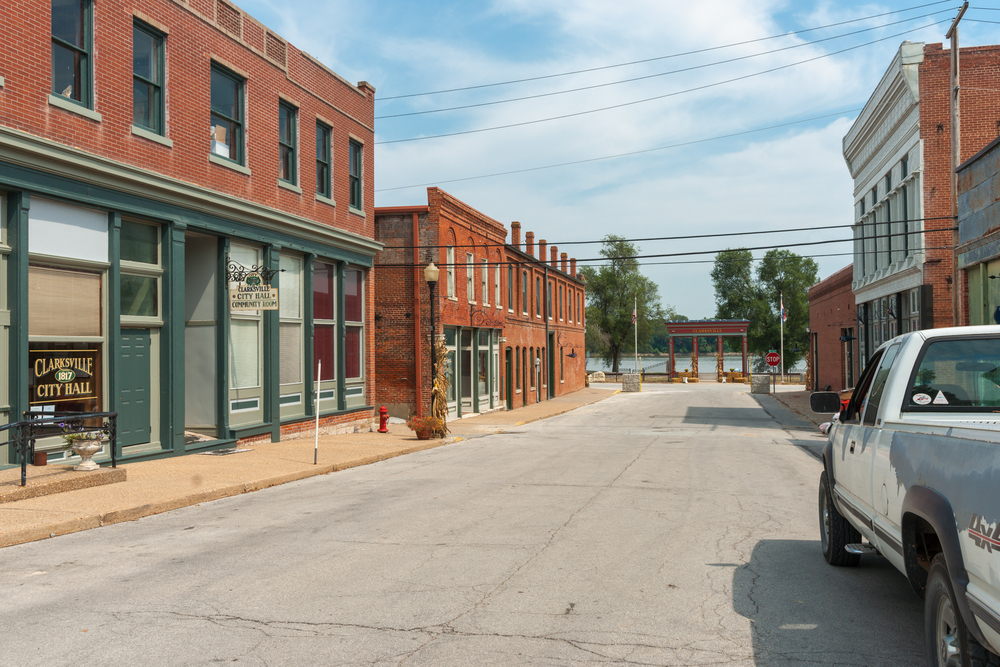
Rather than attempting to eliminate all chaotic elements from busy scenes, identify patterns or repeating elements that create visual organization within the complexity. Look for color patterns, architectural rhythms, or geometric arrangements that bring coherence to otherwise overwhelming street scenes.
This approach shifts your mindset from fighting against urban chaos to discovering the inherent order that exists within it, particularly useful in densely packed Asian megacities where conventional simplification techniques often prove impossible due to sheer population density.
Like Travel Pug’s content? Follow us on MSN.
Utilize Framing Elements

Urban environments offer abundant natural frames—archways, bridges, tunnels, tree branches—that add depth and context when positioned around primary subjects. These framing elements create visual layers and help direct viewer attention precisely where you intend within complex city compositions.
This technique works particularly well for iconic landmark photography, where creative framing transforms potentially clichéd subjects into more original compositions by literally presenting them through unique contextual frameworks found within the surrounding urban environment.
Implement Strategic Motion Blur
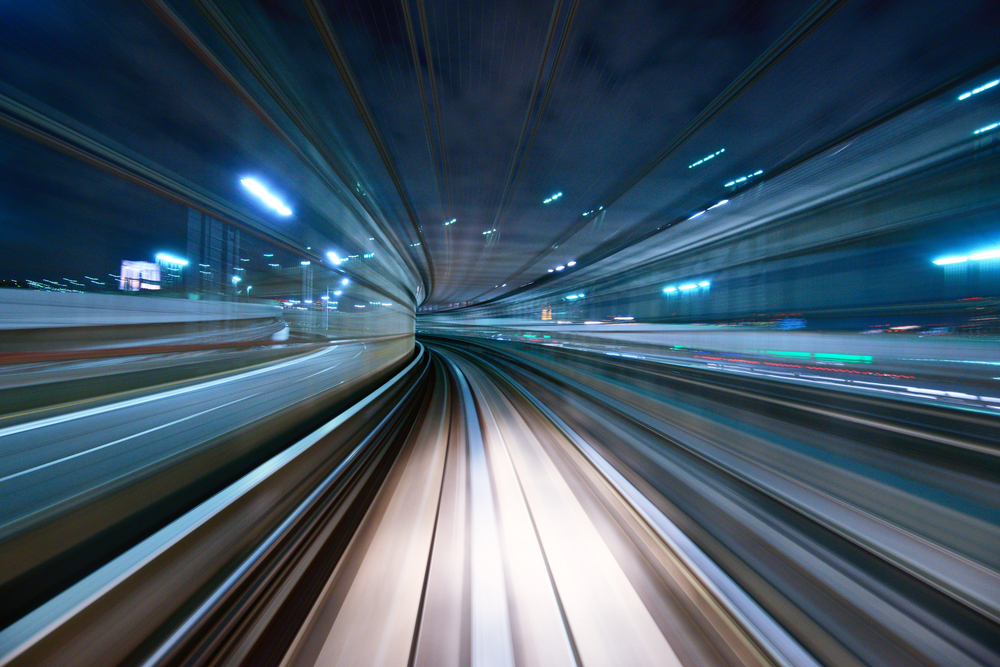
Rather than always striving for perfect sharpness, intentionally incorporate motion blur to convey the kinetic energy defining busy urban spaces. Long exposures of moving people, vehicles, or trains against sharp architectural backgrounds create compelling visual contrast between dynamic and static elements coexisting in cities.
This technique effectively communicates the sensory experience of urban environments where constant movement occurs within rigid structural frameworks, adding an emotional dimension beyond what perfectly frozen images can convey about city atmospheres.
Explore Lesser-Known Districts
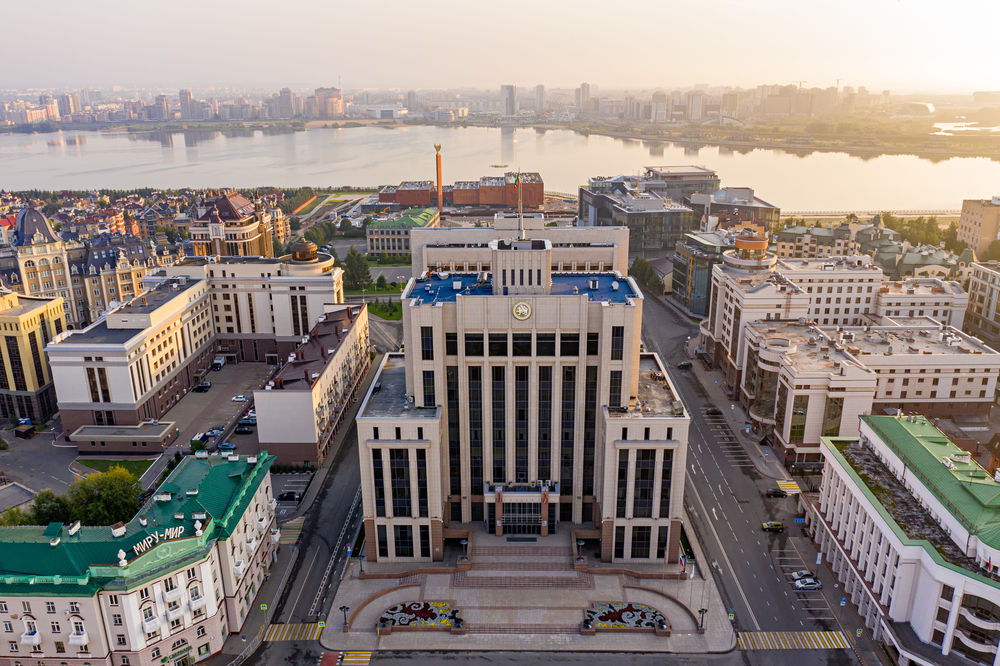
Venture beyond heavily photographed central districts into residential neighborhoods, industrial zones, or transitional areas where authentic city life happens without tourist influence. These environments typically offer more genuine human interactions, interesting architectural juxtapositions, and fewer photography restrictions than famous landmarks.
Research neighborhoods with distinctive cultural characteristics, historical significance, or recent transformations, as these areas often provide the most revealing photographic opportunities for understanding a city’s true nature beyond postcard perspectives.
Like Travel Pug’s content? Follow us on MSN.
Employ Silhouettes and Shadows
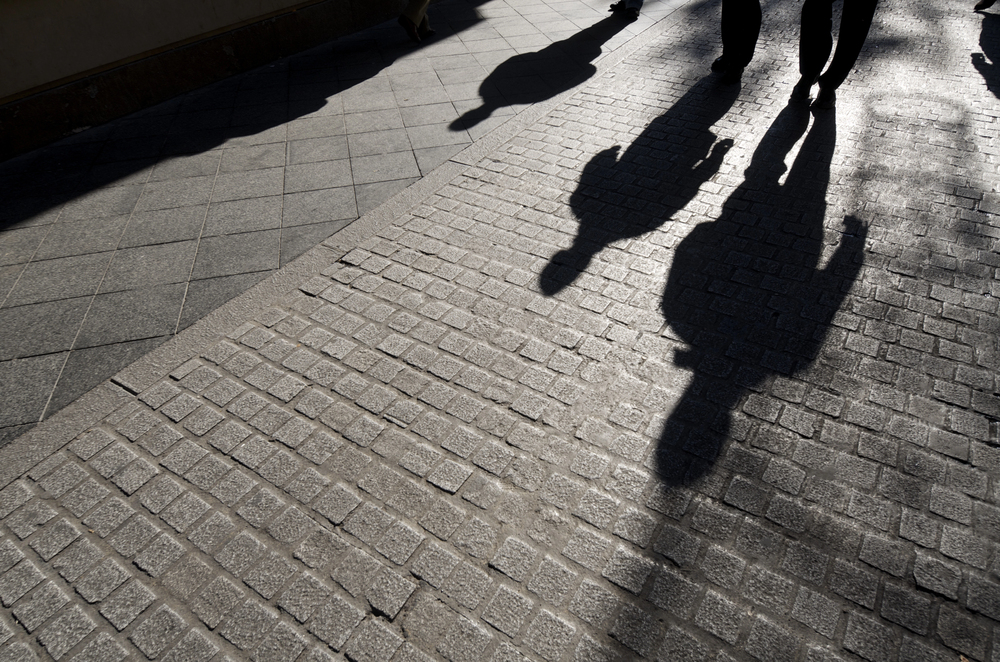
Urban architecture creates dramatic shadow patterns and silhouette opportunities throughout the day as light interacts with built structures. Position yourself to utilize these elements compositionally, whether capturing pedestrian silhouettes against bright backgrounds or incorporating dramatic shadow patterns across public spaces.
This technique transforms challenges of harsh urban lighting into creative advantages by simplifying complex scenes into graphic compositions where shape and form predominate over distracting details often cluttering city photographs.
Optimize for Golden Light
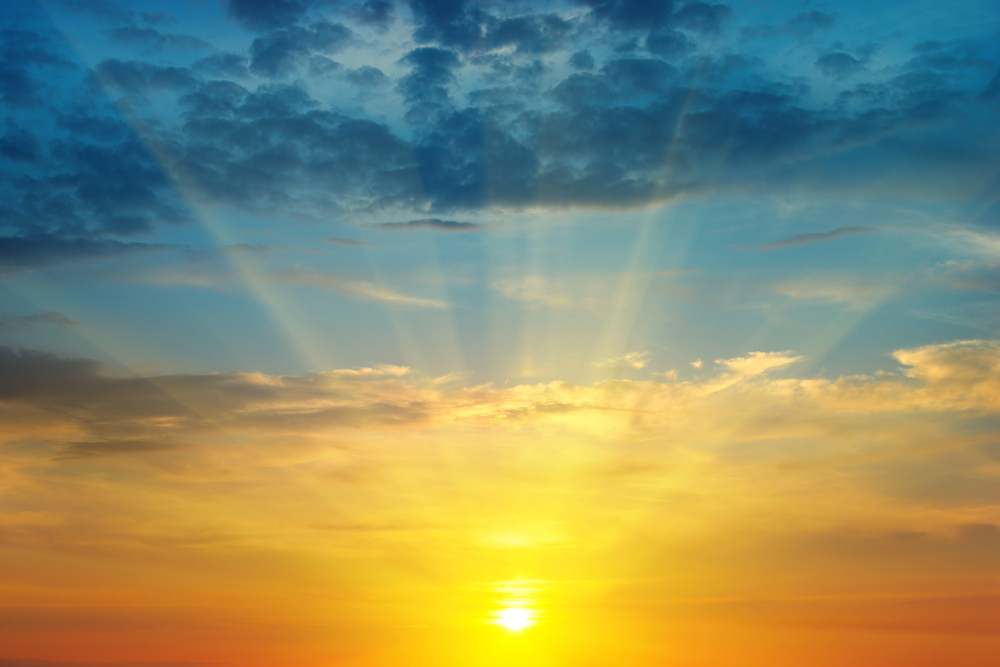
The warm, directional illumination occurring approximately one hour after sunrise and before sunset dramatically enhances urban photography by adding depth, creating dimension in flat facades, and warming typically cool urban color palettes. Research sun angles relative to specific city features you wish to photograph, allowing precise planning for when desired subjects receive optimal golden hour lighting.
This preparation often makes the difference between mediocre and extraordinary urban images, particularly for architectural photography, where light direction fundamentally transforms the appearance of building details.
Cultivate Patience for Clean Compositions
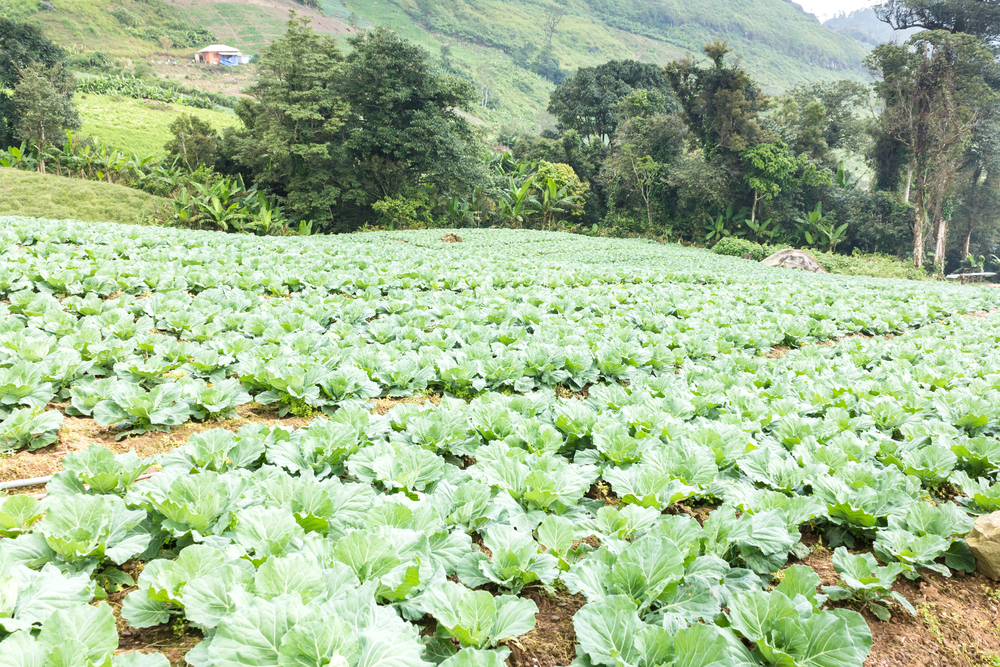
Rather than accepting crowded scenes, develop patience for waiting out momentary gaps in pedestrian traffic to capture cleaner compositions of urban environments. Study movement patterns at busy locations, identifying cyclical moments when spaces temporarily clear, then prepare compositions in advance to capture these brief opportunities instantly when they occur.
This approach combines technical readiness with psychological patience, allowing remarkably uncluttered images even in heavily touristed locations through strategic timing rather than specialized equipment or post-processing manipulation.
Like Travel Pug’s content? Follow us on MSN.
Incorporate Minimalism Through Isolation
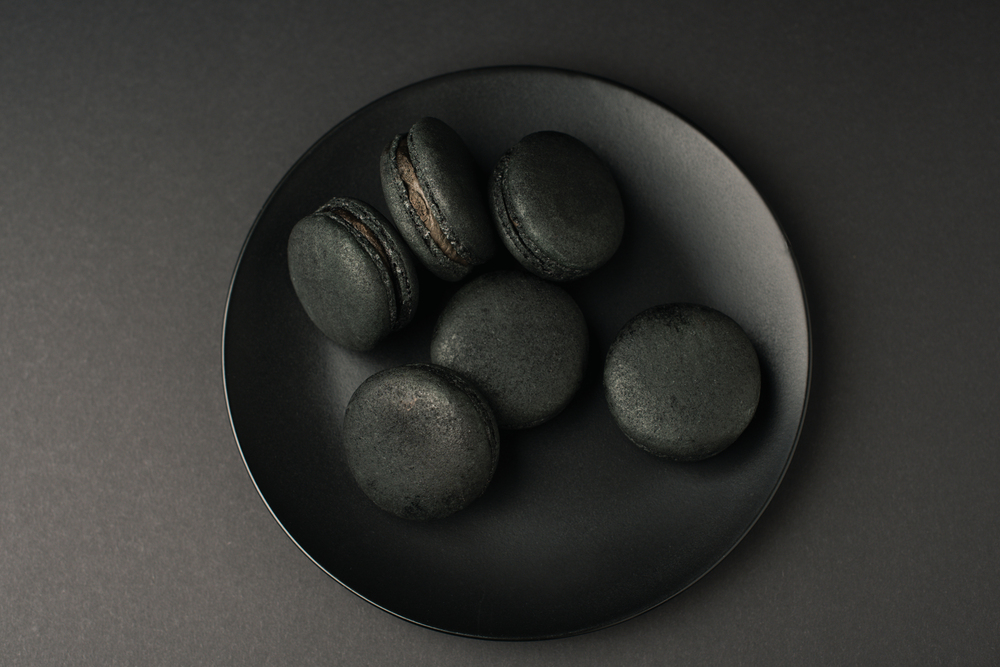
Counter-intuitively, busy cities offer excellent opportunities for minimalist photography through careful isolation of specific elements against negative space. Look for singular subjects against empty walls, individuals crossing vast plazas, or architectural details separated from their contexts. This approach creates visual relief within typically cluttered urban environments, producing images with immediate impact through their simplified compositions.
The technique proves particularly effective when strong graphic elements or bold colors feature in these isolated subjects, creating visually striking results from ordinary urban components.
Master Light and Shadow Contrasts
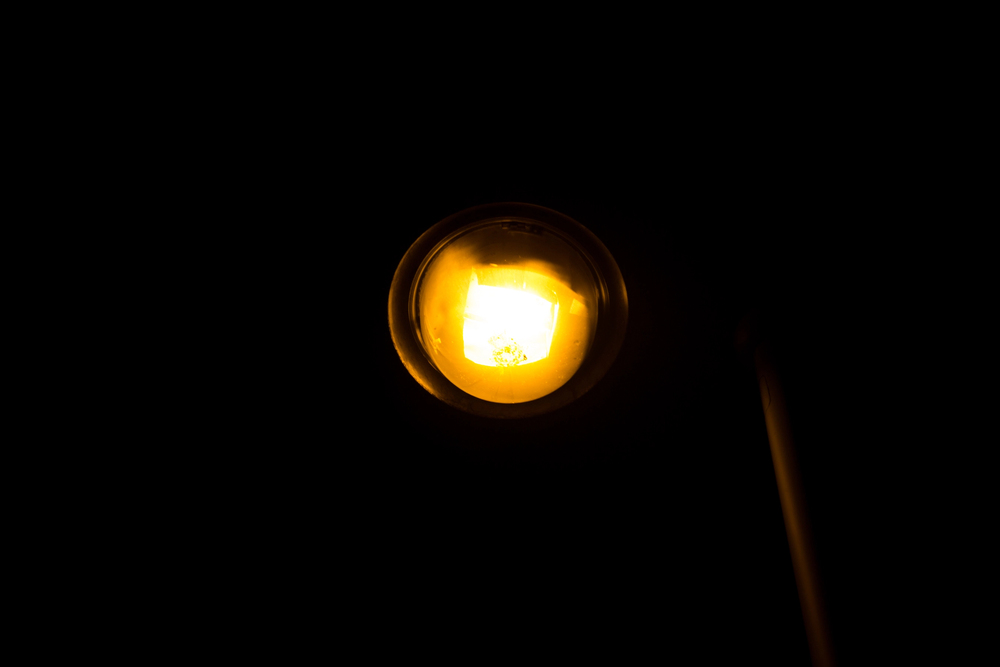
Cities create dramatic interplays between directly illuminated areas and deep shadows, particularly in environments with tall buildings creating urban canyons. Rather than fighting these high-contrast conditions, compose specifically to utilize these dramatic lighting divisions within your frame. Position subjects within light pockets surrounded by shadow, capture dramatic shadow lines crossing open spaces, or expose for highlights, allowing other areas to fall into silhouette.
This approach transforms challenging lighting conditions into distinctive visual assets, unlike the more evenly illuminated environments typically preferred for conventional photography.
Experiment with Intentional Camera Movement
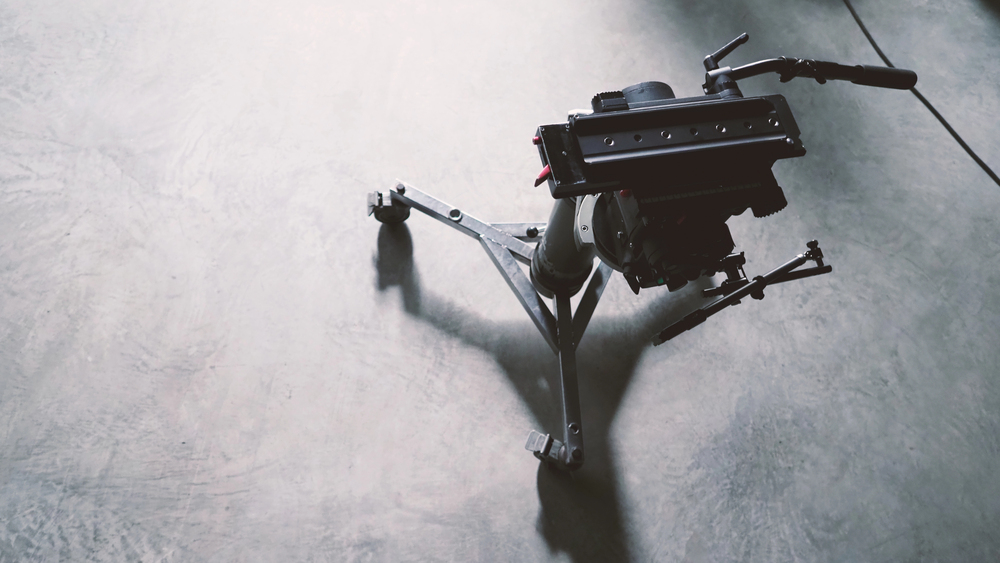
Create impressionistic interpretations of urban environments through deliberately moving your camera during longer exposures (typically 1/15-1 second). Vertical movements transform city lights into colorful streaks while conveying the vertical energy of skyscrapers, while horizontal panning creates abstractions suggesting the constant flow of urban movement.
This technique transcends literal documentation to capture the emotional experience of city environments, particularly effective for conveying the sensory overload characteristic of places like Times Square, Shibuya Crossing, or Piccadilly Circus that often prove challenging to photograph conventionally.
Like Travel Pug’s content? Follow us on MSN.
Beyond the Postcard View

These approaches demonstrate that compelling urban photography depends less on specialized equipment than on developing an observant eye for the unique visual opportunities cities provide. By incorporating these techniques into your photographic practice, ordinary urban environments transform into rich visual playgrounds offering endless creative possibilities.
The most distinctive city photography does not emerge from capturing the same iconic views as everyone else, but from developing your personal vision for revealing the authentic character of urban environments through thoughtful composition and timing rather than technical complexity or post-processing manipulation.
More from Travel Pug

- Cities Growing so Fast You Won’t Recognize Them in 10 Years
- 13 Destinations Where Tourists Regularly Regret Their Trip
- 16 U.S. Cities That Are Quietly Becoming Travel Hotspots
- Where to Travel If You Love Long Bus Rides and Daydreams
- 20 Cities Perfect for Solo Travelers Who Crave Adventure & Culture
Like Travel Pug’s content? Follow us on MSN.
